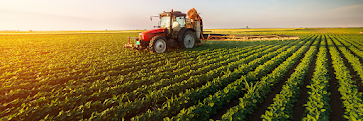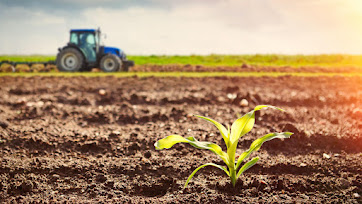Use of Modern Technology in Agriculture Sector

The most essential issue in the world today is the food supply. The demand for food has increased by more than twice the population growth rate over the past 40 years. In fact, according to a report by the Food and Agriculture Organization (FAO), about 11% of the global population, or 815 million people, are undernourished and do not have enough food for their active and healthy lives. The article talks of how modern technology has been very helpful in the agriculture sector and it is helping to produce more and better quality of food, which is, in turn, helping to sustain life . The use of modern technology in the agriculture sector is vast. It has helped farmers in various ways. The adoption of new and improved technologies has increased the production and productivity of crops . It has also helped in reducing the cost of production. The use of technology has also made the farming process easier and more efficient. The use of technology in agriculture has also had a positive...





